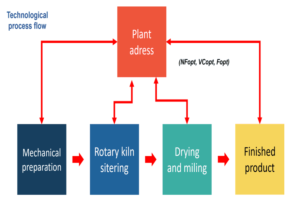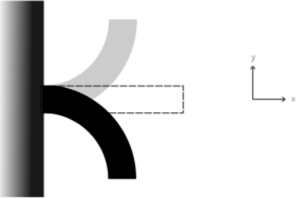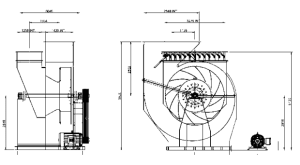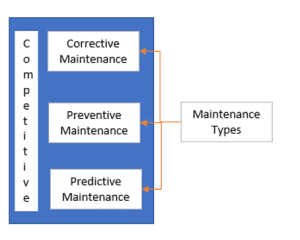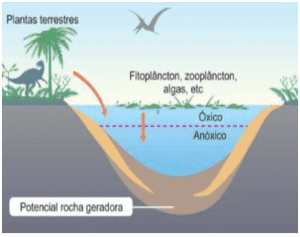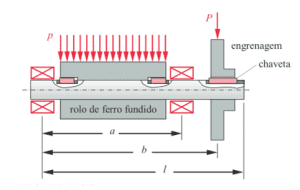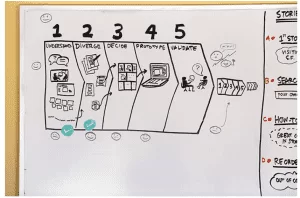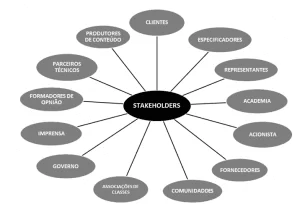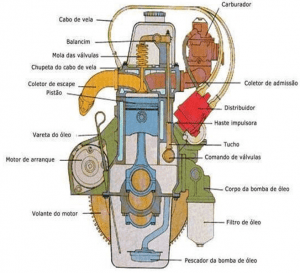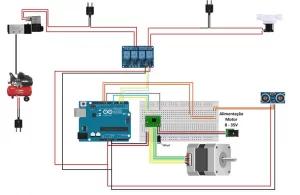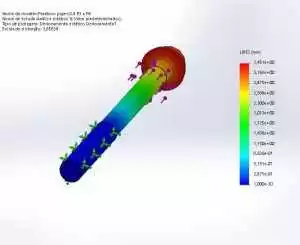ORIGINAL ARTICLE
LIMA, Leandro Jose Barbosa [1], HAMZAGIC, Miroslava [2]
LIMA, Leandro Jose Barbosa. HAMZAGIC, Miroslava. Electrification in Brazil: a transition path. Revista Científica Multidisciplinar Núcleo do Conhecimento. Year. 07, Ed. 11, Vol. 07, pp. 83-98. November 2022. ISSN: 2448-0959, Access link: https://www.nucleodoconhecimento.com.br/engineering-mechanical-engineering/electrification-in-brazil
ABSTRADCT
The energy transition is underway with a clear focus on reducing Greenhouse Gases (GHG). The world has already gone through other energy transitions and other initiatives to reduce their impact on the atmosphere, such as the cases of reducing atmospheric pollution and the reduction of gases that affect the ozone layer, fluorinated gases. In this scenario, it is known that there are already several paths to be explored for the transition period. Therefore, this article aims to explore the ways in which Brazil could leverage the use of electricity in other sectors, such as transport, for example, and how it can move towards reducing emissions in the electricity sector. For this, an exploratory, explanatory and bibliographic research was carried out. In the end, it is inferred that electrification tends to offer more flexibility and compatibility between systems, especially considering that some forms of energy transformation to electricity are more efficient than others.
Keywords: Energy transition, Electrification, Efficiency, Yield, Greenhouse gases.
1. INTRODUCTION
Just as the world turned its focus to reducing air pollutants in the 1970s, following observations of humanity’s impact on the environment, and the efforts of the 1990s to reduce ozone-depleting gases Now, humanity faces a new challenge related to the reduction of Greenhouse Gases (GHG) (UNITED NATIONS DEVELOPMENT PROGRAMME, 2012; WORLD HEALTH ORGANIZATION, 2021).
Greenhouse gases are gases that have the ability to retain the heat reflected by the earth’s surface and prevent the effect of reflecting that heat into space. They are emitted naturally, but also, and mainly, due to anthropogenic activities. There are different greenhouse gases, among them we can mention: carbon dioxide, nitrous oxide, methane, among others. However, the main greenhouse gas is carbon dioxide, which is also used as a reference for measuring the potential to generate the greenhouse effect of other gases, adopting CO2e as a measurement unit (LIMA; HAMZAGIC, 2022 ).
In 2019, Brazil emitted 450.5 MtCO2e for energy production, 95% or 428.1 MtCO2e with fuel combustion processes, and another 22.4 MtCO2e related to losses. These numbers represent 1.2% of world emissions, which are around 37629.7 MtCO2e (IEA, 2022).
Based on the above, this article aims to explore the ways in which Brazil could leverage the use of electricity in other sectors, such as transport, for example, and how it can move towards reducing emissions in the electricity sector.
For this, an exploratory research was carried out, which sought ways to understand where electricity currently plays a more developed role and how it could take a greater share in sectors that predominantly use fossil fuels, in addition to seeking solutions for relative emissions to the electricity sector, while also being an explanatory research, which sought, within the literature, to explain some of the global strategies in relation to energy.
For this, an exploratory research was carried out, which sought ways to understand where electricity currently plays a more developed role and how it could take a greater share in sectors that predominantly use fossil fuels, in addition to seeking solutions for relative emissions to the electricity sector, while also being an explanatory research, which sought, within the literature, to explain some of the global strategies in relation to energy.
2. ACCESS TO ELECTRICITY
Access to electricity is a factor of economic and social development. However, it is known that many countries in the world still cannot guarantee access to energy for their inhabitants, for this reason, the United Nations (2022), established, among the 17 sustainable development goals, clean and affordable energy (objective #7).
Table 1 shows the comparison of Brazil with the world average in relation to this objective.
Table 1 – Brazil and the world. Sustainable development goal #7
| Indicator | Brazil | World |
| access to electricity | 100% | 91% |
| Renewable energy | 47,6% | 17,7% |
| Per capita renewable energy capacity (Watts per capita) | 706 | 246 |
| % of population with access to clean energy cooking | 96% | 69% |
| Energy efficiency (MJ/ 2017 USD) | 3,9 | 4,7 |
| International financial flow to support clean and renewable energy (USD, millions) | 51 | 10887 |
Source: adapted from ESMAP (2022).
As shown above, in Brazil, 100% of the population has access to electricity, while the world average is 91% (ESMAP, 2022).
However, despite the fact that the population has access to electricity and that more than 75% of the electricity produced in Brazil (2020) comes from hydroelectric, wind and solar generation, as can be seen in Graph 2, the risk of shortages – the so-called “ blackout” – is only guaranteed with the use of thermoelectric plants, which, for the most part, operate on natural gas and replace other energies depending on weather conditions that directly affect hydroelectric production capacity (BRASIL, 2020).
Graph 2 – Sources of electricity generation in Brazil and in the world, 2021
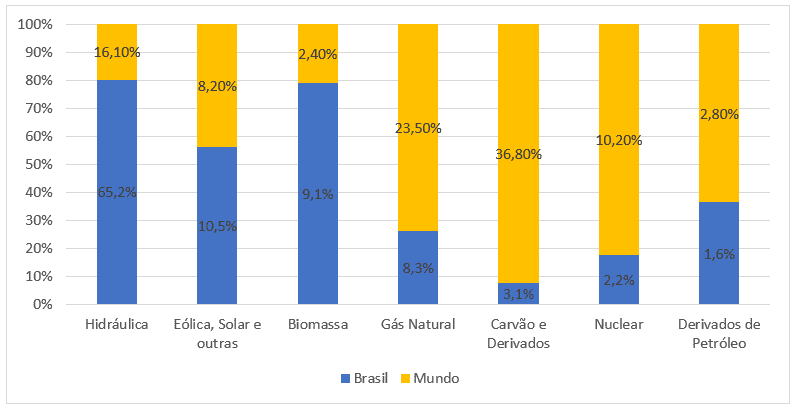
Still, with regard to energy generation in Brazil, graph 3 shows the amount of energy inspected, that is, in operation and currently available, and the amount of energy granted, which includes generation centers under construction or in the planning phase, which supports an increase in investment in renewable energies in Brazil. As a parameter, the total inspected power adds up to 185,751,183.01 kW, while the granted power adds up to 276,961,901.00 kW, which indicates a growth of 91,210,717.99 kW in availability in the coming years.
Graph 3 – Power and quantity by type of plant, 2022
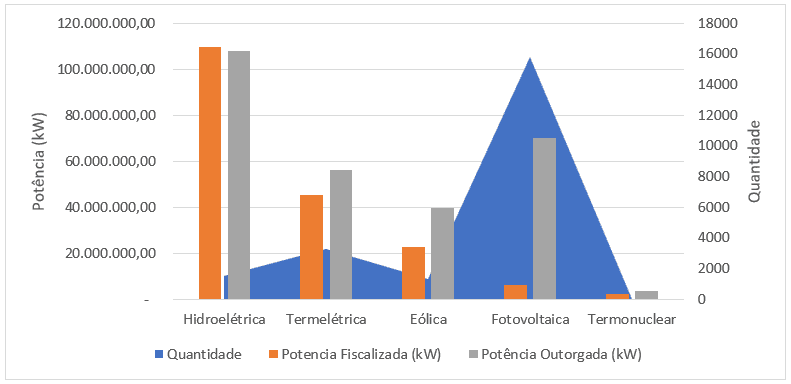
Table 2 presents a breakdown of thermoelectric plants in Brazil that operate with fossil fuels, including natural gas, which is considered a transitional fuel and is compatible with hydrogen.
Table 2 – Quantity and granted power of thermoelectric plants operated with
fossil fuels
| Fuel | Amount | Power granted (kW) | % |
| Natural gas | 171 | 17,243,391.4 | 57% |
| Diesel oil | 2234 | 4,373,013.6 | 15% |
| Fuel oil | 47 | 3,307,439.3 | 11% |
| Mineral coal | 13 | 3,085,740.0 | 10% |
| Other petroleum energy | 16 | 985,108.0 | 3% |
| refinery gas | 7 | 419,530.0 | 1% |
| blast furnace gas | 8 | 352,890.0 | 1% |
| process heat | 7 | 234,370.0 | 1% |
| Total | 2503 | 30,001,482.3 | 100% |
Source: Brazil (2022a).
3. ELECTRIFICATION AS A PATH FOR ENERGY TRANSITION
By definition, energy is the quantitative property that is transferred to a body or to a physical system, recognizable in the performance of work and in the form of heat and light, and is measured in joules, of the International System. Energy is converted into light, movement/kinetics or, mainly, heat, and electrification is one of the ways to conserve and transport energy (VALENTE, 1993).
To produce energy for different types of human activities, these energy sources undergo transformations, for example, the Dutch used to have kinetic energy from windmills to carry out work (sawing wood to build ships faster than other areas).
According to the law of conservation of energy, “Energy can neither be created nor destroyed; on the contrary, it can only be transformed or transferred from one form to another”. This law of physics is the key to this study, because every system has its efficiency, and there are no perpetual motors, or systems, that work continuously with energy, because, in each transformation – from kinetic to heat, from heat to mechanic and from mechanical to electrical – there is, and always will be, some loss of energy (VALENTE, 1993).
There is not only the energy transformation efficiency, but also the emission efficiency of the different energy sources, the transport efficiency and the storage efficiency. In many cases, the energy is converted into electricity, and the electricity is later used to convert that energy back into heat or kinetics, for example. Currently, electricity can be used in almost all sectors of the economy: transport, agriculture, mining, cement production, etc. but electrification must be considered as an energy transition path, capable of helping to reduce GHG emissions.
Greenhouse gas emissions are not always isolated, in many cases, there is an association with atmospheric pollutants that can, directly or indirectly, cause harmful effects, mostly stochastic, to human health (WORLD HEALTH ORGANIZATION, 2021). The carbon capture method for permanent use or storage (CCUS) is one of the ways to reduce or even eliminate emissions from plants that operate with fossil fuels, and, considering the growing demand for energy, this technology becomes key to the growth and maintenance of national electricity production (LIMA; HAMZAGIC, 2022).
There is yet another form of unlimited energy production, which is currently under development, which represents an opportunity for clean and safe energy production: thermonuclear fusion controlled by plasma magnetic confinement. Typically, a tokamak type machine, which manages, through a vacuum chamber, and the use of an intense magnetic field, to confine a column of plasma that can reach millions of degrees Celsius, and, with the use of this heat, generate electricity from steam turbines and electric generators. Its comparative energy-volume efficiency can be seen in the figure below (WILTGEN, 2022a, 2022b).
Figure 1 – Comparison between the volumes of fuel required to produce 1 GW of energy
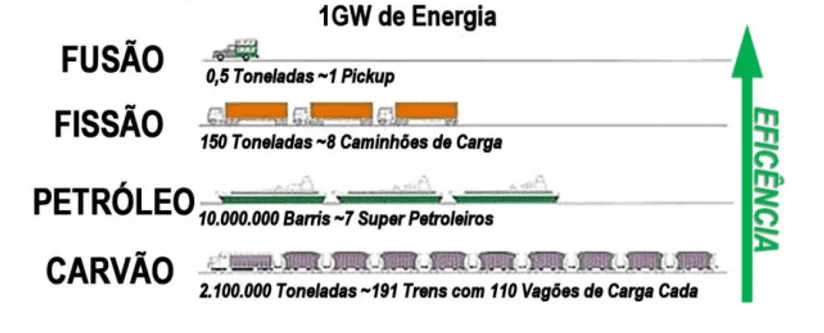
In terms of nuclear energy, this is not the only way forward. Small nuclear reactors, from the English Small Modular Reactors (SMR), represent a solution for the own production of clean energy for some nuclear plants given their modularity, low capital cost, flexibility, efficiency and safety. SMRs can even be used to produce hot water for industrial plants (UNITED STATES, n.d.).
Graph 4 – Atmospheric pollutants associated with fossil fuels
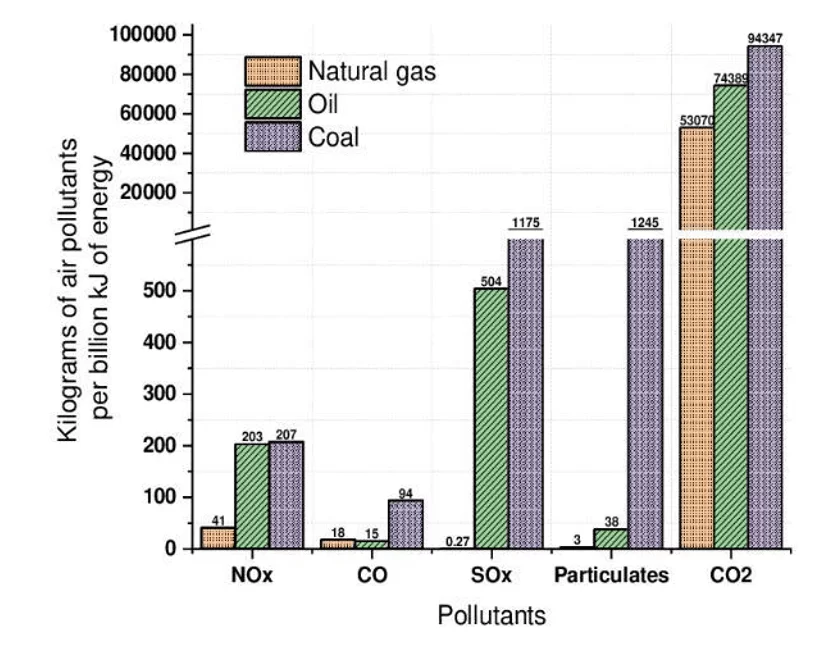
By observing graph 1 and table 2, and comparing it with graph 4, it is possible to conclude that Brazil is in a privileged position in relation to the world in terms of greenhouse gas emissions, and, looking at graph 2, some Opportunities related to energy generation can also be explored, especially considering that there is still the use of coal and oil in energy production.
Graph 5 shows the emissions in tons of CO2e, a breakdown of Graph 1, where it is observed that 47% of energy-related emissions come from transport activities, which, in Brazil, is predominantly road (LIMA, 2022).
Graph 5 – Brazil, 2019, emissions in the area of energy by economic activity
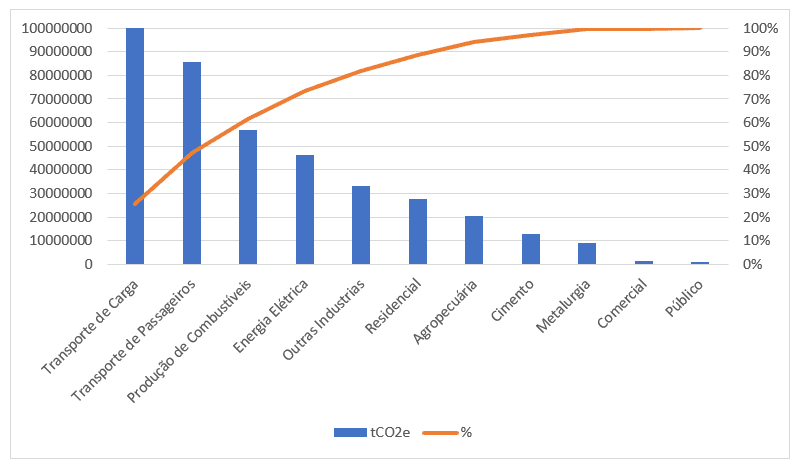
And to better understand the energy sources and emissions of the transport sector, graph 6 demonstrates that diesel and gasoline are predominant in this supply chain, while electricity still represents a negligible value.
Graph 6 – Brazil, 2019, energy consumption in transport in Tons of Oil Equivalent (TOE)
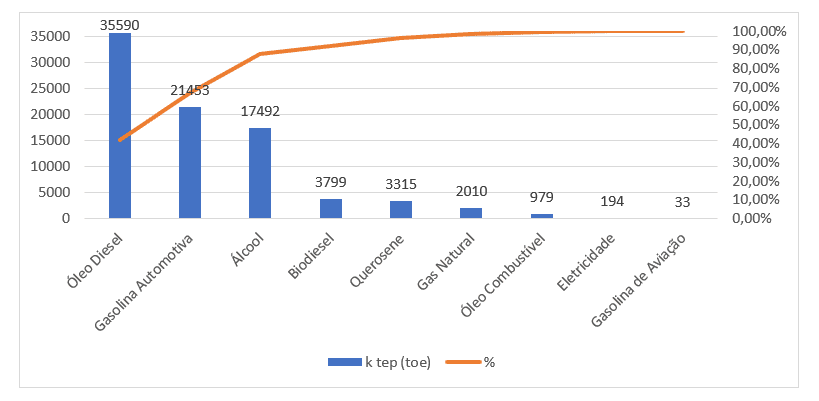
Despite the predominance of diesel consumption as the main fuel in the transport sector, the consumption trend has been decreasing, while the presence of biofuels has been increasing, as can be seen in Graph 7.
Graph 7 – Fuel consumption in the transport sector in Brazil

However, when looking at data from the Ministry of Infrastructure (BRASIL, 2022b) in relation to the types of vehicle fuel licensed in Brazil, more than 75% are motorcycles and cars, which predominantly do not use diesel in their combustion engines due to of the legislation in force in Brazil, according to graph 8.
Graph 8 – Vehicle fleet in Brazil in August 2022
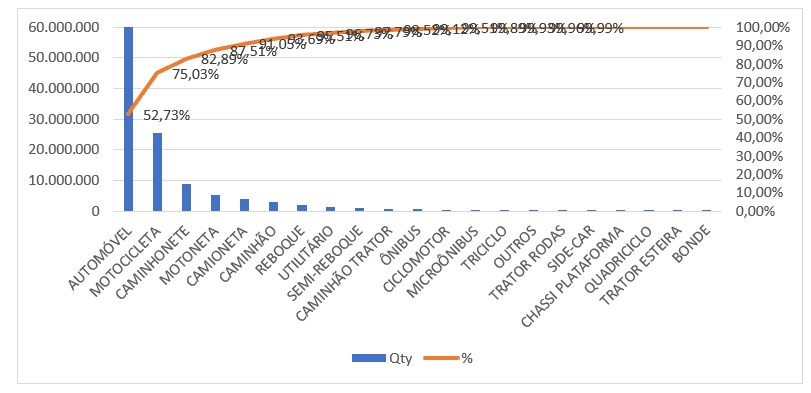
Around 1200 kW/year would be needed to supply each electric vehicle in Brazil (60 million). Considering a driving distance of 8,000 km/year for each vehicle and an energy efficiency of 0.15kW/km (the lowest value assumed), consumption with electric vehicles alone could reach 72 TW per year, however, Brazil has a wide biofuel matrix, still expanding, which makes the need for fleet electrification something manageable, in the long term, for the adaptation of the electrical matrix (SILVA, 2017; ECO COST SAVINGS, 2020).
In view of the above, it is noted that Brazil has a good electricity distribution network, and its population is well covered in terms of access to electricity. More than 80% of the Brazilian electricity matrix comes from renewable sources, and ongoing investments point towards the expansion of these energy sources.
With regard to the energy matrix and emissions of pollution and greenhouse gases, the transport sector has the most impact, and even with a fleet of 75% of vehicles running on other fuels, diesel consumption in the country , in this sector, is approximately 40%, with cargo transport responsible for 25% of CO2e emissions (BRASIL, 2020).
In this scenario, nuclear fusion represents the greatest opportunity for the future of electrification, but still in the long term. Until then, investment strategies, in the short and medium term, in biofuels; use of cleaner alternatives such as natural gas; renewable sources; use of hydrogen or ammonia as a means of transporting energy to regions with less renewable generation capacity; compact nuclear fusion generators and the use and advancement of CCUS-type technologies are key.
4. FINAL CONSIDERATIONS
The world is moving in the right direction with regard to the goals of reducing greenhouse gases, just as it has already worked to reduce gases that affect the ozone layer and to reduce atmospheric pollutants.
There is not a single source to be considered for energy production, since there is still a shortage of energy in the world, and many armed conflicts due to this shortage. Therefore, in the short term, no form of energy can be discarded, and methods such as carbon capture, the expansion of biofuels or cleaner fuels and the use of nuclear energy are crucial in the short and medium term.
In view of the above, this article aimed to explore the ways in which Brazil could enhance the use of electricity in other sectors, such as transport, for example, and how it can move towards reducing emissions in the electricity sector.
It is possible to verify that electrification tends to offer more flexibility and compatibility between systems, especially considering that some forms of energy transformation to electricity are more efficient than others.
In the short term, own energy production, in homes, commercial and industrial establishments, using photovoltaic, wind energy and even through biogas or natural gas can collaborate in a very positive way with the increase in the availability of the electrical system, as well as, in the medium term, the so-called SMR can produce energy or heat for processes and industrial plants (first plant under construction). Still in the medium term, the conversion of landfills in the country into power plants, using biogas, would increase the availability of the electrical system for other purposes. In the long term, the potential for the development of nuclear fusion, which tends to be an inexhaustible source of energy (first nuclear fusion plant estimated for 2100).
In this way, the expansion and interconnection of electrical networks, and electrification in its various sectors and applications, must continue to be developed, as well as other production research with higher yields, and in more efficient ways of using energy. And, despite believing in the economic attractiveness of wind and photovoltaic projects for homes and commercial enterprises, and the creation of plants from dumps, specific legislation and other stimuli are necessary to make this process viable and quick.
REFERENCES
BRASIL. Empresa de Pesquisa Energética. Balanço energético nacional. Rio de Janeiro: EPE, 2020. Disponível em: https://www.epe.gov.br/sites-pt/publicacoes-dados-abertos/publicacoes/PublicacoesArquivos/publicacao-479/topico-528/BEN2020_sp.pdf. Acesso em: 23 set. 2022.
BRASIL. Agência Nacional de Energia Elétrica. Sistema de informações de geração da ANEEL. ANEEL, 2022a. Disponível em: https://app.powerbi.com/view?r=eyJrIjoiNjc4OGYyYjQtYWM2ZC00YjllLWJlYmEtYzdkNTQ1MTc1NjM2IiwidCI6IjQwZDZmOWI4LWVjYTctNDZhMi05MmQ0LWVhNGU5YzAxNzBlMSIsImMiOjR9. Acesso em: 23 set. 2022.
BRASIL. Ministério da Infraestrutura. Frota de Veículos – 2022. Gov.br, 2022b. Disponível em: https://www.gov.br/infraestrutura/pt-br/assuntos/transito/conteudo-Senatran/frota-de-veiculos-2022. Acesso em: 23 set. 2022.
BRASIL. Empresa de Pesquisa Energética. Matriz energética elétrica. Empresa de Pesquisa Energética, s.d. Disponível em: https://www.epe.gov.br/pt/abcdenergia/matriz-energetica-e-eletrica. Acesso em: 23 set. 2022.
ECO COST SAVINGS. Electric Car KWh Per Mile List [277 KWh/Mile Listed]. Eco Cost Savings, c2022. Disponível em: https://ecocostsavings.com/electric-car-kwh-per-mile-list/. Acesso em: 25 set. 2022.
ESMAP. The energy progress report. Tracking SDG7, c2022. Disponível em: https://trackingsdg7.esmap.org/country/brazil. Acesso em: 2 set. 2022.
IEA. Greenhouse gas emissions from energy data explorer. IEA, 2022. Disponível em: https://www.iea.org/data-and-statistics/data-tools/greenhouse-gas-emissions-from-energy-data-explorer. Acesso em: 2 set. 2022.
LIMA, L. J. B. Caminhos para a transição energética sustentável no Brasil. In: XI CICTED – Congresso Internacional de Ciência, Tecnologia e Desenvolvimento, 2022.
LIMA, L. J. B.; HAMZAGIC, M. Estratégias para a transição energética: revisão de literatura. Revista Científica Multidisciplinar Núcleo do Conhecimento, ano. 7, ed. 6, vol. 8, p. 96-120, 2022. Disponível em: DOI: 10.32749/nucleodoconhecimento.com.br/engenharia-ambiental/transicao-energetica. Acesso em: 23 set. 2022.
ONU. Objetivos de desenvolvimento sustentável. Nações Unidas Brasil, 2022. Disponível em: https://brasil.un.org/pt-br/sdgs/7. Acesso em: 2 set. 22.
QYYUM, M. A. et al. Performance enhancement of offshore LNG processes by introducing optimal mixed refrigerant self-cooling recuperator. International Conference on Applied Energy, p. 712-749, 2019.
SILVA, T. B. da. Recarga de veículos elétricos: o que esperar quando o combustível dos nossos carros for a eletricidade? FGV Energia – Caderno Opinião, 2017. Disponível em: https://fgvenergia.fgv.br/sites/fgvenergia.fgv.br/files/coluna_opiniao_dezembro-tatiana_bruce_final.pdf. Acesso em: 23 set. 2022.
SEEG. Emissões por atividade econômica. SEEG10anos, 2022. Disponível em: https://plataforma.seeg.eco.br/economic_activity. Acesso em: 2 set. 2022.
UNITED NATIONS DEVELOPMENT PROGRAMME. 25 Years Montreal Protocol. New York: United Nations Development Programme, 2012.
UNITED STATES. Office of Nuclear Energy. Benefits of small modular reactors. Energy.gov, s.d. Disponível em: https://www.energy.gov/ne/benefits-small-modular-reactors-smrs. Acesso em: 25 set. 2022.
VALENTE, M. de J. P. A pedagogia do conceito de energia: contributo para a utilização formativa do conceito de energia. Dissertação (Mestrado em Ciências da Educação: área de Educação e Desenvolvimento) – Universidade Nova de Lisboa: Faculdade de Ciências e Tecnologia. Lisboa, 1993.
WILTGEN, F. Eletricidade via fusão nuclear. Revista de Engenharia e Tecnologia, v. 14, n. 3, p. 235-247, 2022a.
WILTGEN, F. Fusão nuclear via máquina tokamak: energia elétrica para o futuro do desenvolvimento humano. In: Congresso Brasileiro de Planejamento Energético – XIII CBPE – 2022, 2022b.
WORLD HEALTH ORGANIZATION. Air pollution. World Health Organization, 2021. Disponível em: https://www.who.int/health-topics/air-pollution#tab=tab_1.
[1] Master in Mechanical Engineering from the Universidade de Taubaté (UNITAU), MBA in Business Management from the Fundação Getúlio Vargas (FGV), MBA in Project Management from the CEFET/RJ Support Foundation, Specialist in Occupational Safety Engineering from Universidade Candido Mendes ( UCAM), Specialist in Petroleum Engineering from Universidade Estácio de Sá (UNESA), Graduated in Petroleum Engineering from Universidade Estácio de Sá (UNESA) and Graduated in Mechanical Technology with emphasis in Industrial Automation from CEFET/RJ, and Radioprotection Supervisor certificate by CNEN. ORCID: 0000-0002-6647-3914.
[2] Advisor. PhD in Production Engineering from the Universidade de São Paulo, Master in Regional Development Management from the Universidade de Taubaté, Graduation in Architecture and Urbanism from the Universidade de Taubaté. ORCID: 0000-0001-8082-5763.
Sent: September, 2022.
Approved: November, 2022.

